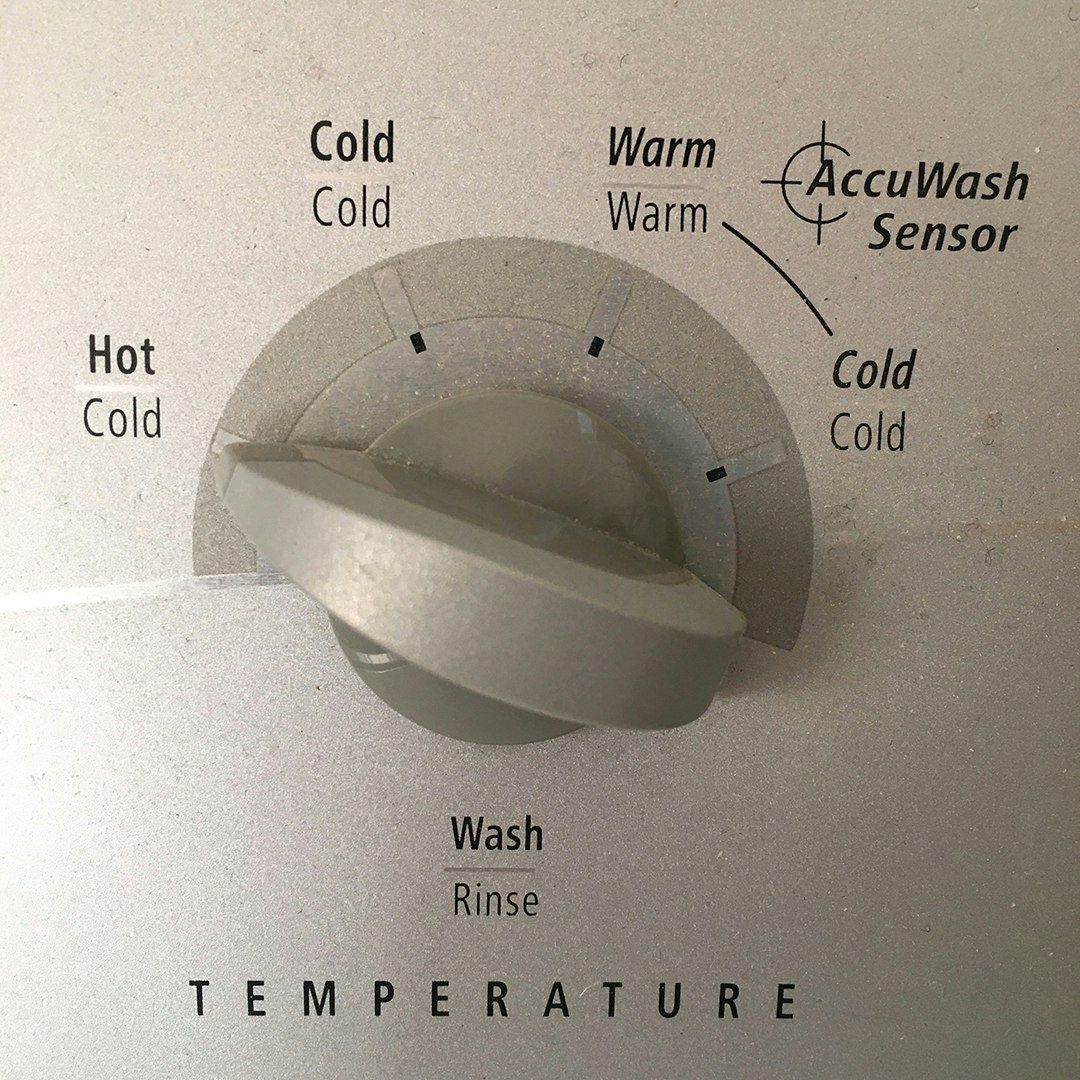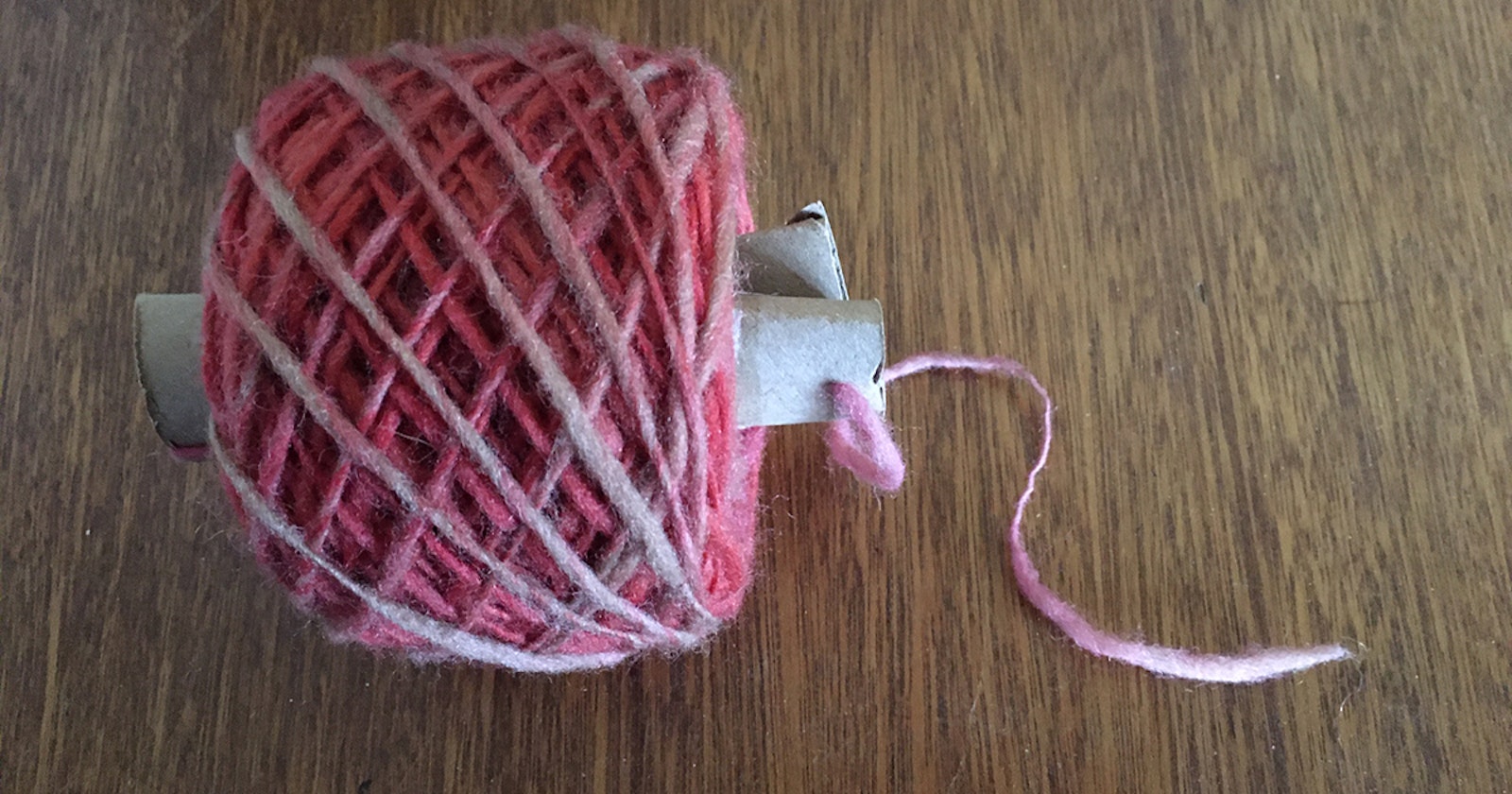I’m often told how expensive hobbies, such as handspinning, can be. This may be true if you’re starting out with hand-dyed braids and top-notch, handmade spindles. But when I learned to spin in the 1980s, I often used raw wool, and, over time, I developed several hacks for processing fleece using common, but inexpensive, household items.
1. Cardboard Toilet Paper Rolls These rolls are perfect for stuffing inside a center-pull ball after it comes off the ball winder or nøstepinne. Store the inner single inside the cardboard and stuff the tube into the ball’s core. When I’m ready to ply, I ease out the cardboard with my thumb. My thumb stays in the middle of the ball, and I have access to both ends of the single for plying.
2. Dog-Waste Bag Cores Some brands of dog-waste bags come with a hard plastic or cardboard cylinder on the inside of the roll. Using a sharp pair of scissors, I carefully cut a vertical seam up the cylinder. This allows me to ease it onto the shaft of any spindle I happen to be using. The leader goes out one end of the cylinder, and, wow, it’s a bobbin to hold singles!

When washing fleece in a top-loading washing machine, set the temperature to its hotest setting, and turn the machine off so that it won't agitate.
3. Top-Loading Washer I live in a cold climate and cannot always wash a fleece in a big set tub outside. Cleaning fleece in the bathtub is rough on the washer’s back. However, if I boil water with the electric kettle and add the water to the already steaming-hot water in my top-loading washing machine, and turn it off so it won’t agitate, I can wash large quantities of fiber. I then switch on the spin cycle to empty out the dirty water. Yes, I heave the dripping fleece out and wipe down the sides of the washing machine before refilling with rinse water at least twice. When I am finished washing, I run a hot water cycle with some additional detergent and bleach to clean out the machine’s and my home’s pipes, so no grease solidifies. I know that the newest electronic front loaders are very energy efficient, but, when washing wool, a top loader is a great tool to have.
4. Plastic Bowl On a smaller scale, if I’m preparing locks or only a bit of fine fiber, or I need to set the twist on a single skein, nothing beats my banged-up plastic bowl. Having the right dingy, unbreakable plastic bowl dedicated to preparing fiber makes my spinning life easier.
5. Dish Soap and Laundry Detergent There is no single perfect product on the market. There are the ones that work, and the ones that don’t do the job as well. I’m allergic to fragrances, colors, and other additives in my laundry soap. All of my wool washing is done with the same laundry detergent and dish soap that I keep at my sink, and my wool comes out clean.
6. Pillowcases When the fleeces need to be stored, I use old, cotton pillowcases so the wool is able to breathe and is open to air and light. (This dissuades wool moths, who don’t like light and air circulation.) Over time, if a pillowcase gets torn by a new dog or serves as a kid’s living room tent, I purchase more at a resale shop. It’s a great way to use someone else’s discards and give them a new “woolly” life.
Yes, I love my spinning wheels, handcards, and combs, but I also adore these simple, low-cost, and ubiquitous household items, too. Spinning yarn, from raw fiber to finished product, requires thinking creatively and some household-tool innovation to do the work, but it’s all part of the fun of making yarn from scratch.
—Joanne Seiff
Joanne Seiff is a writer, knitwear designer, editor, and teacher. She’s the author of Three Ply, Knit Green, and Fiber Gathering. She lives in Winnipeg with her professor husband, twin boys, and two bird dogs. She loves to make things from scratch, especially things to keep people warm during long Canadian prairie winters. Her knitwear designs, on Ravelry, Lovecrafts, and PatternVine, just might sing in your handspun. See more about Joanne on her blog, www.joanneseiff.blogspot.com, or on Instagram @yrnspinner.

